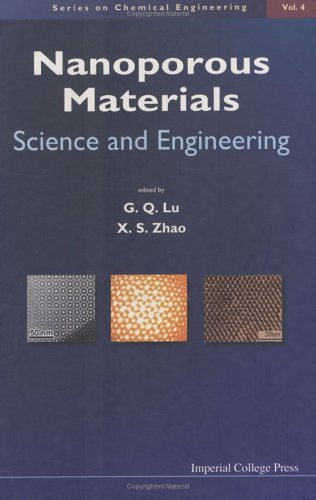

Most ebook files are in PDF format, so you can easily read them using various software such as Foxit Reader or directly on the Google Chrome browser.
Some ebook files are released by publishers in other formats such as .awz, .mobi, .epub, .fb2, etc. You may need to install specific software to read these formats on mobile/PC, such as Calibre.
Please read the tutorial at this link. https://ebooknice.com/page/post?id=faq
We offer FREE conversion to the popular formats you request; however, this may take some time. Therefore, right after payment, please email us, and we will try to provide the service as quickly as possible.
For some exceptional file formats or broken links (if any), please refrain from opening any disputes. Instead, email us first, and we will try to assist within a maximum of 6 hours.
EbookNice Team

Status:
Available4.4
39 reviewsThis book provides a series of systematic reviews of the recent developments in nanoporous materials. It covers the following topics: (1) synthesis, processing, characterization and property evaluation; (2) functionalization by physical and/or chemical treatments; (3) experimental and computational studies on fundamental properties, such as catalytic effects, transport and adsorption, molecular sieving and biosorption; (4) applications, including photonic devices, catalysis, environmental pollution control, biological molecules separation and isolation, sensors, membranes, hydrogen and energy storage, etc.